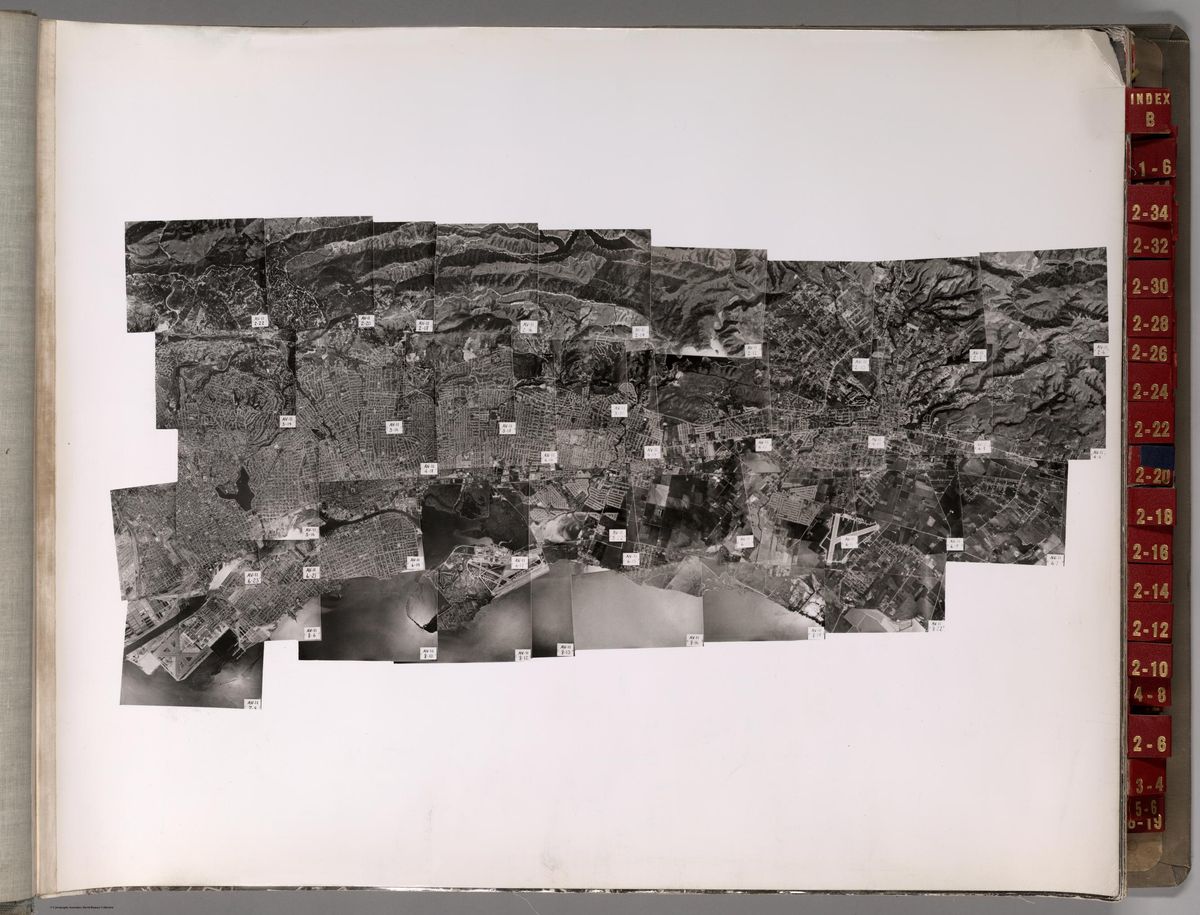This is a blog about Alameda

Take most any local issue in Alameda (the city/suburb in the inner San Francisco Bay Area where I live), boil it down to its essence, and more than likely it's a single question that emerges: Should we change?
As I've been learning about how Alameda's city government works — and does not, at times, work — I've found this framing of engaging with change vs. opposing any and all change to be a useful way to understand local elected officials, the handful of "usual suspect" public commenters, the couple dedicated local bloggers who've continued to post past the original heyday of blogging, and also my own inclinations.
I don't mean to frame every local issue as a binary competition. Rather, I'm looking for a more useful way to describe what's going on in Alameda than turning to labels like "progressive" and "moderate" and "conservative." (Note the so-called "scare quotes"!) That spectrum may make some sense for national issues like, say, health insurance. But here at the local level, there's little descriptive power in writing that it's a "conservative" position to prioritize free on-street parking spots for cars over safety and visibility for pedestrians at a street intersection.
So, this blog will be an attempt to engage with change.
The sorts of changes I'll probably be writing more about:
- transportation
- housing
- public services
- elected leaders
Transportation
Each year, too many people are killed or seriously injured on Alameda's roadways. The largest local source of greenhouse gases — our largest contribution to exacerbating climate change — is tailpipe emissions from our cars and trucks.

While transportation is a regional issue and many people need to travel to and from Alameda, a majority of trips are less than a few miles in distance: trips to a grocery store, trips to shuttle a kid at an activity, and so on. Each time the city repaves and redesigns a street it's an opportunity to encourage walking and cycling, while also decreasing the risks of drivers injuring or killing other roadway users.
At its December 20, 2022 meeting, Alameda City Council will hopefully be adopting the Active Transportation Plan to support walking and cycling throughout the city. Implementing the plan's improvements will require at least eight years of follow-through and street-level designs and discussions.
Housing
As of late 2022, Alameda City Council has adopted a housing element that is in "substantial compliance" with state housing mandates and adopted changes to the city's zoning code that allow — rather than exclude – housing of many sizes and kinds throughout much of the city.

Each of the next eight years, city planning staff will be releasing an annual report on progress toward the overall number of new housing units built, the price points of the new units, and the distribution of the new units across the entire city. The city will also be considering a local bond measure to fund the construction of subsidized affordable housing in Alameda.

To address the visible problems of homelessness and the hidden problems of racial segregation, we've agreed to permit the construction of more multi-family housing. Now we need to follow through, monitor progress by developers, create more sources of public funding, and be ready to further modify the zoning code.
Public services
Thanks to the curse of Proposition 13, local governments throughout California have to work with extreme diligence and creativity to fund basic services. A public restroom in a public park that is stocked with toilet paper is a minor miracle of budgeting, staffing, and management. Now consider how major of a miracle it is to successfully fund subsidized affordable housing or a library system. This is a boring, dry topic — and yet engaging with the details of city budgets, taxes, and "cost recovery" (more complaints on that bureaucratic term to come!) is a necessary part of pursuing meaningful change of any sort at the local level.

We should also continue to talk more about a specific public service: the City of Alameda's armed law-enforcement personnel and policies. As a white male who's currently comfortable in the upper-middle class, I don't necessarily have a useful personal perspective to offer — but I do know that safety and respect should be nonnegotiable for everyone who lives in Alameda, works in Alameda, and visits Alameda. The city's Police Reform and Racial Equity steering committee and subcommittees held deep discussions and offered many specific policy recommendations. Whether or not the national mood as characterized by pollsters and headline-writers has changed since 2020, here at the local level the need for reform is still here and still worth engaging, rather than avoiding.
Elected leaders
Most local-level decisions in Alameda are decided by the City Council of five members. Two seats will be open in the next election in 2024. One of those seats is currently held by a Councilmember who's very much engaged with a wide range of constituents and changes; the other is held by a reactionary who uses disorder and insults to preserve the status quo on behalf of her prefer constituents. Let's aim to fill both of those seats with skilled and responsible councilmembers who aren't afraid to engage with change in 2024.
Nope, this isn't a campaign announcement! I look forward to helping to support two well-qualified candidates with more experience than this fellow who's still learning his way around Alameda.
Comments
I've enjoyed learning more about Alameda issues and politics on Twitter's #alamtg hashtag over the past few years. Starting this blog is in part a way to find new alternatives to Twitter for online chitchat about local topics. I'll be sharing links to each blog post to my Mastodon account at https://sfba.social/@drewda and you're welcome to reply there.
Or reply by starting your own blog. Maybe I'll even add a "blog roll" to this site. All that's old is new — perhaps in Alameda, and certainly in this moment of online social media.